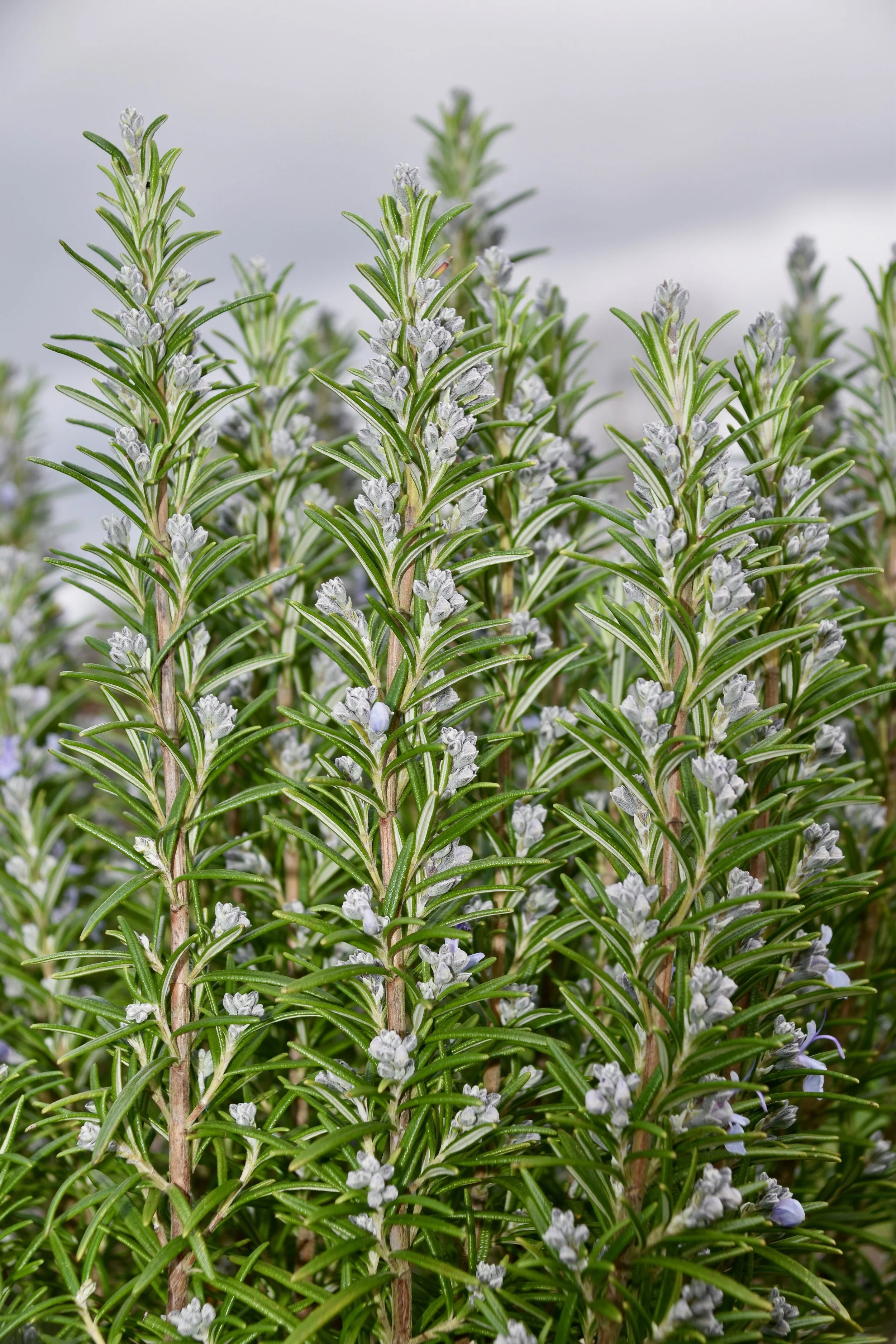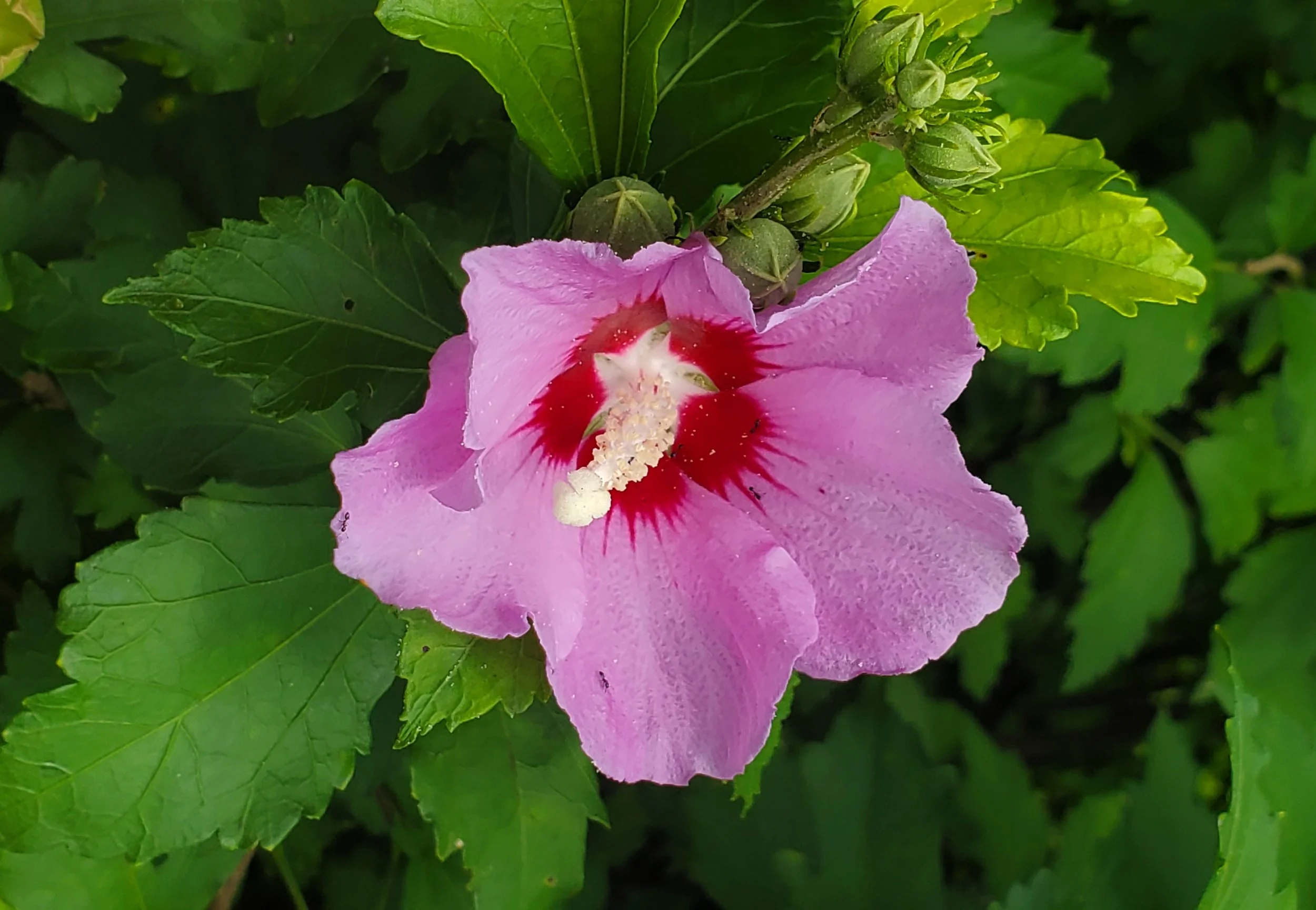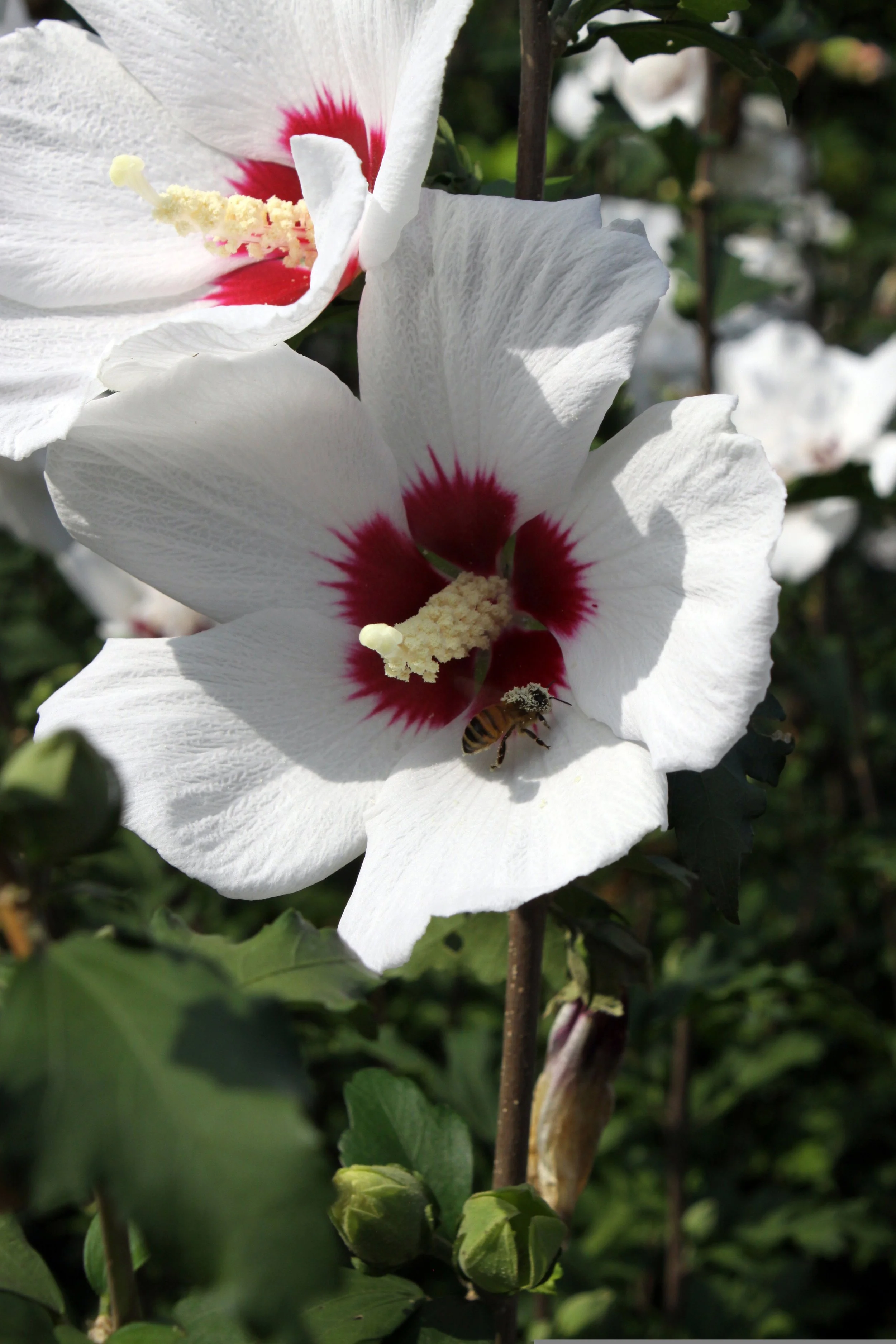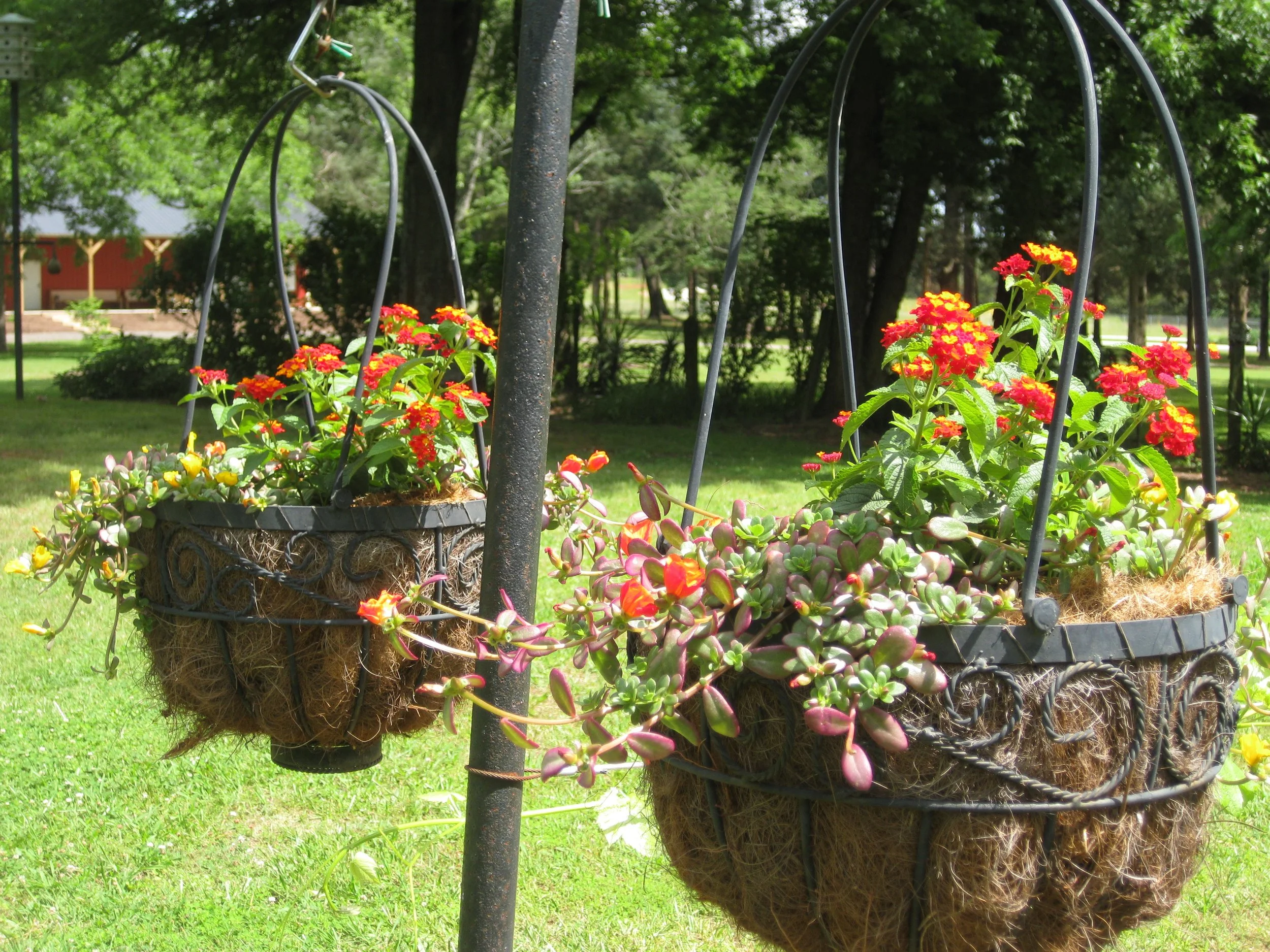Here is another name update, for those of you who are interested in keeping up with taxonomy changes. Rosemary, formerly Rosmarinus officinalis, is now a Salvia, Salvia rosmarinus (pronounced SAL-vee-uh rose-ma-REE-nus). Rosemary is an aromatic evergreen shrub, often sold in 4-inch containers in garden centers.
Rosemary is among my favorite herbs because of the wonderful resinous scent of the needle-like foliage, the flavor it imparts to food, low maintenance requirements, and deer resistance. The scent is not noticeable unless the leaves are disturbed. I trail a hand along the foliage whenever I pass it to release the fragrance. Sometimes I catch a delicious whiff when the sun shines directly on the plant and breezes are few. For delicious Italian bread or pizza crust, add chopped leaves (no stems) to your bread maker about half-way through its kneading process. Adding leaves too early can hamper the yeast action. A sprinkle of fresh leaves added to simple roasted potatoes elevates the dish from plain to gourmet.
Cultivars vary in form from upright to spreading. Most have tiny, light blue flowers in late spring, summer and early fall. Bees and butterflies visit the flowers, making them a good choice for pollinator gardens. Plants can be used in containers, as low hedges, or as groundcovers. Because deer generally avoid Rosemary, I have spaced plants around the garden, hoping they will work as horticultural security guards to protect my Hydrangeas and Gardenias from deer damage. There is not enough sun in the Hosta beds to keep Rosemary healthy, so I have not tried it in the shade beds, but I drop dried-out Rosemary stems from old flower arrangements in the Hosta area. It cannot hurt, right?
Years ago, I read that Rosemary was a good companion to hybrid tea roses, since it was reputed to repel aphids. I tested that theory and found that aphids like Rosemary, too. This is the only insect that has bothered it in the Snoddy garden, but others have mentioned problems with spider mites and mealybugs. I find it to be a low maintenance shrub. Plant it in a boggy soil, however, and you can kiss it goodbye. Plants require full sun and good drainage. Provide them with a loose soil of nearly neutral acidity. They even do well in rocky or sandy areas, and are resistant to damage from salt breezes.
Rosemary’s aromatic foliage makes it a good addition to winter cut flower arrangements. It is cold hardy in zones 8-10, and maybe even colder if grown in a protected location. In zones 7 and colder, grow Rosemary as an annual. It can be attempted as an indoor houseplant, but these usually fall prey to insect damage or overwatering.
Regular removal of stems for flavoring or cut arrangements serves to keep the plant compact and bushy, but with time Rosemary becomes woody and ugly. A severe pruning leaves an unattractive, stubby-looking plant, so when yours reaches that too-big stage, remove it and replace it with a new plant. Plants are best propagated from stem cuttings or layering. Seed starting is slow.
Of the cultivars, S. rosmarinus ‘Tuscan Blue’ is a fast grower. ‘Prostratus’ can be used as a groundcover or in a container, but will eventually reach heights up to two feet. ‘Arp’ is reputed to be more cold hardy than the others. S. rosmarinus ‘Officinalis’ is widely available. ‘Albus’ has white flowers and ‘Majorca’ has pinkish flowers but it is a stingy bloomer.






